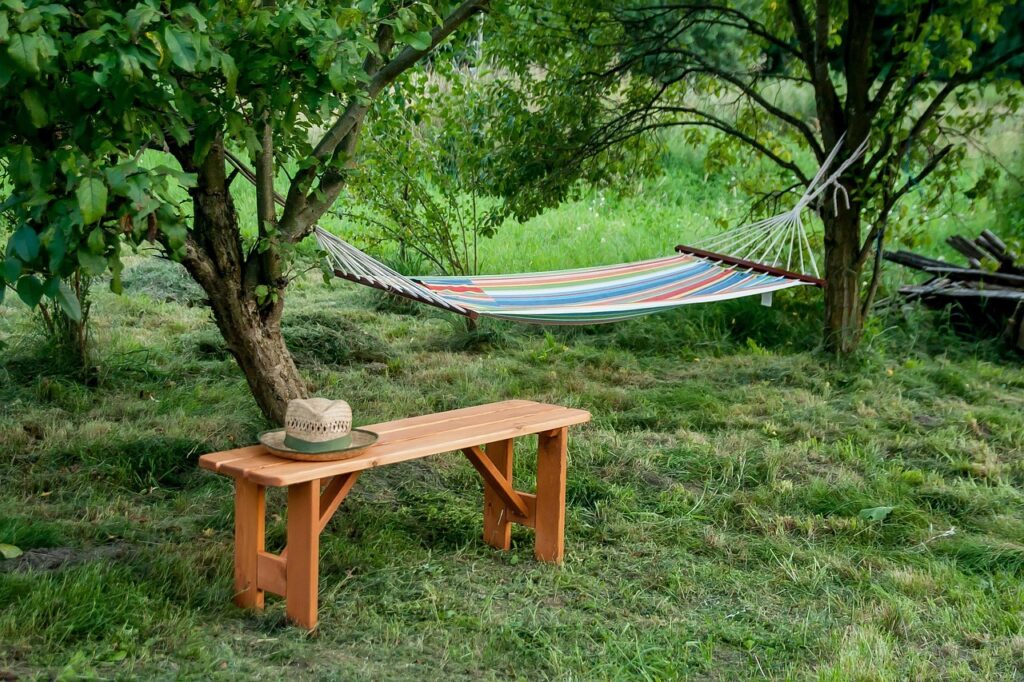Why Bother Sun-Mapping?
Ask any gardener why tomatoes sulk or hydrangeas burn and you’ll hear the same refrain: “Wrong sun exposure.” Yet most of us plant by hunch—“This corner seems sunny”—and hope for the best. A weekend-long sun map turns guesswork into data, saving seasons of trial-and-error, wasted seedlings, and scorched leaves. I created my first map on a whim one Saturday morning; by Sunday night I’d discovered that my “sunniest” spot was shaded three hours a day by the neighbor’s oak. That single insight doubled my pepper crop the very next year.
What You’ll Need (15 min prep)
| Item | Why You Need It |
|---|---|
| Blank yard sketch or graph paper (print from county parcel map or draw) | Base map for notes |
| Smartphone with camera & compass app (or physical compass) | Track sun angles |
| Flags, colored tape or garden markers | Mark observation points |
| Timer or phone alarms | Remind you to log data each hour |
| Highlighters / colored pencils | Shade-code the final map |
| (Optional) Sun-path app like Sun Seeker (iOS/Android) or Sun Surveyor | Simulate seasonal paths |
Gather everything Friday evening so Saturday starts smoothly.
The 48-Hour Game Plan
Saturday – Observation Day
- Stake Observation Points (8 a.m., 15 min)
Pace your lawn and drop a flag every 6–10 ft, or at each bed you plan to build. Number the stakes; those numbers become reference points on your paper map. - First Photo & Note (9 a.m.)
Snap a wide shot of the yard from a fixed spot—your deck or back door—so every hourly photo has the same perspective. On your paper map, circle stake numbers receiving direct sun and shade hatch the rest. - Hour-by-Hour Logging (10 a.m.–5 p.m.)
Set an hourly alarm. Each hour, repeat the photo and mark which stakes sit in full sun, dappled shade, or full shade. Use simple codes: S = sun, PS = partial sun, SH = shade. Don’t overthink—the goal is pattern, not perfection. - Golden-Hour Check (6 p.m.)
The low-angle sun can sneak beneath tree canopies. Record one last data point; you’re done for the day.
Tip: Cloudy spell? Note “cloud” in your log and use the Sun Seeker app to verify where the sun would be. Apps overlay the sun’s path on your camera view, rescuing a gray weekend.
Sunday – Analysis & Map-Making
- Tally Sun Hours (9 a.m., coffee in hand)
For each stake, count the number of hours marked S. Example: stake #4 had sun at 9, 10, 11, noon, and again at 4 → 5 hours. - Color-Code Your Map (30 min)
- Full Sun (6+ hrs) – yellow
- Partial Sun (4–6 hrs) – orange
- Partial Shade (2–4 hrs) – light blue
- Full Shade (<2 hrs) – dark blue
- Interpret & Plan (rest of morning)
- Vegetables/fruits: tomatoes, peppers, cucumbers crave yellow zones.
- Leafy greens & herbs: lettuce, cilantro, chard thrive in orange.
- Shade lovers: hosta, ferns, hydrangea bloom in blues.
- Digital Backup (10 min)
Photograph or scan your finished map. Email it to yourself with the subject “Yard Sun Map YYYY” so you can’t lose it.
Pro Moves & Troubleshooting
1. Account for Seasons
The sun sits higher in June and lower in March. Open your sun-path app, switch to dates three months ahead/behind, and note major shifts. If winter gardening matters, repeat the mapping during equinox (around March 20 or September 22) for a second data layer.
2. Trees With Changing Canopies
Deciduous giants throw deep shade in July but none in April. Scribble “leaf-on” and “leaf-off” notes at trunk bases. Plan spring peas in partial shade, summer spinach where branches leaf out late.
3. Tall Structures & Future Obstructions
Sheds, planned pergolas, even a trampoline can alter light. Sketch future builds faintly in pencil before finalizing beds.
4. Microclimates
Dark fences radiate heat; white siding reflects light. After mapping, stand at each yellow or orange zone mid-afternoon and feel the temperature. Hot pockets suit melons; cool pockets protect lettuce.
Common Mistakes (and My Near-Disasters)
- Mapping One Day Only in Mid-Winter – I almost placed peppers where the sun disappears by 3 p.m. in June.
- Ignoring Shadows Beyond Property Lines – Neighbor’s spruce reaches into your yard by July. Look up and out.
- Relying on Memory Instead of Notes – By noon I forgot my 10 a.m. impressions. The hourly log is non-negotiable.
- Skipping Early Morning – 8 a.m. sun can equal an entire extra hour on east-facing beds; don’t start too late.
Quick Reference: Sun Needs by Crop Category
| Crop Type | Hours of Sun | Example Plants |
|---|---|---|
| Full Sun | 6–8+ | Tomatoes, peppers, squash, roses |
| Partial Sun | 4–6 | Lettuce, beets, raspberries |
| Partial Shade | 2–4 | Spinach, kale, mint, impatiens |
| Full Shade | <2 | Ferns, hosta, astilbe |
Use these ranges to match map colors to planting decisions.
What to Do With Your Map
- Site Beds & Containers – Align raised beds so their long edges face north-south, centering them in yellow/orange stripes.
- Rotate Crops Yearly – Keep your map handy; next year swap heavy feeders (tomatoes) into new sunny soil to reduce disease.
- Plan Irrigation – Yellow zones dry faster; target drip lines or extra mulch.
- Update Annually – Spend one afternoon next spring confirming that big trees or structures haven’t altered shade.
Final 60-Second Recap
Friday: print or draw a yard plan, gather tools.
Saturday: photograph and mark sun/shade each hour 9 a.m.–6 p.m.
Sunday: total sun hours per spot, color-code, match crops to zones, sketch future beds.
In one weekend you’ll transform from hopeful planter to light-savvy landscape designer—no fancy software, no pricey consultants, just deliberate observation. The investment? Roughly five hours of light yardwork and maybe a sun-path app latte’s worth of cash. The payoff? Seasons of healthier plants, bigger harvests, and a garden that feels custom-tuned to the star that makes it all possible.
Grab your compass, set those phone alarms, and let the sun show you where your dream garden really lives. Happy mapping!




Pingback: How to Start a Garden: A 10-Step Playbook From My Dirt-Covered Diary - Home
Pingback: How to Start a Garden – My 10-Step Story From Blank Yard to Harvest